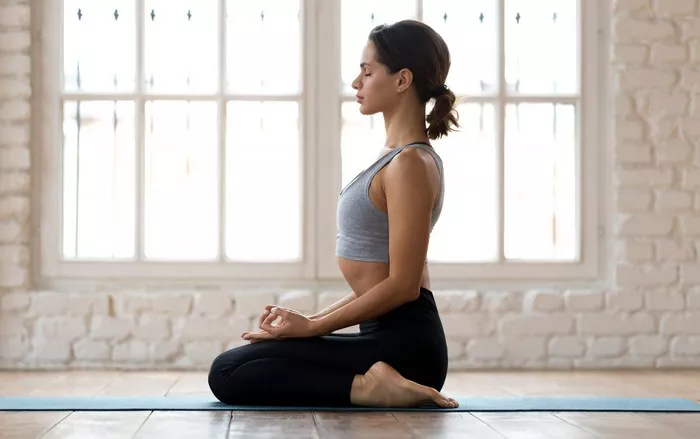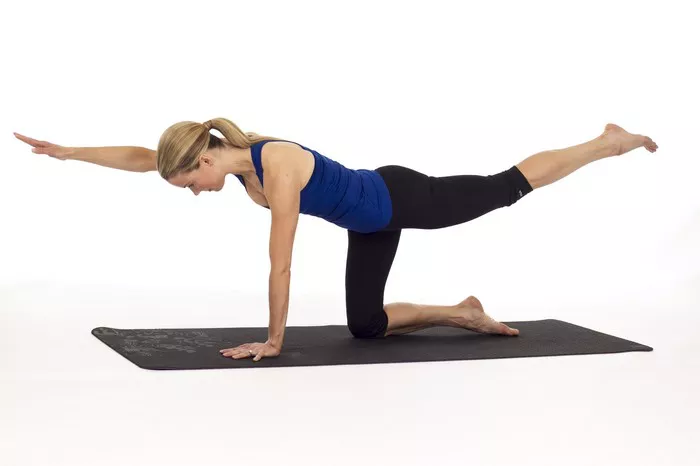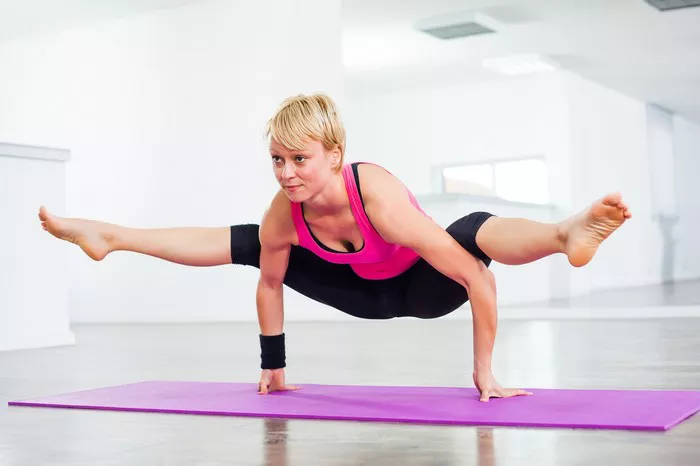Ashtanga yoga is often described as one of the most physically demanding styles of yoga. Known for its structured sequence of poses, synchronized breath, and dynamic flow, it is not just a meditative practice but also a highly effective method for achieving physical fitness. If you are wondering whether Ashtanga yoga can help you get fit, the answer is a resounding yes. This article explores the fitness benefits of Ashtanga yoga and explains how it can contribute to strength, flexibility, endurance, and overall well-being.
Understanding Ashtanga Yoga
Ashtanga yoga is a traditional form of yoga developed by K. Pattabhi Jois in the 20th century. It follows a structured approach that consists of six progressively challenging series:
Primary Series (Yoga Chikitsa) – focuses on detoxifying the body and improving flexibility.
Intermediate Series (Nadi Shodhana) – aims to purify the nervous system and build strength.
Advanced Series (Sthira Bhaga) – involves highly demanding postures that require exceptional strength and control.
Each session of Ashtanga yoga follows a set pattern, starting with Sun Salutations (Surya Namaskara), followed by standing poses, seated poses, backbends, and a concluding sequence. This repetitive structure enables practitioners to measure progress over time.
How Ashtanga Yoga Contributes to Fitness
1. Strength Building
Ashtanga yoga engages the entire body, using only body weight for resistance. The series includes numerous postures that require significant upper-body, core, and lower-body strength.
Upper Body: Chaturanga Dandasana (Four-Limbed Staff Pose) and arm balances strengthen the shoulders, arms, and chest.
Core: Many transitions and seated postures engage the abdominal muscles, leading to a strong core.
Lower Body: Standing poses such as Utthita Trikonasana (Extended Triangle) and Warrior poses build leg strength.
Unlike traditional weight training, Ashtanga yoga develops functional strength, which improves overall mobility and body control.
2. Flexibility Improvement
Flexibility is a key component of fitness, and Ashtanga yoga systematically enhances it by gradually opening up tight muscles and joints.
Hip Flexibility: Seated postures and forward bends stretch the hip flexors and hamstrings.
Spinal Mobility: Backbends like Urdhva Dhanurasana (Upward Bow Pose) increase spinal flexibility and strength.
Shoulder and Wrist Mobility: Many poses require strong, flexible shoulders and wrists, which improve over time with consistent practice.
3. Cardiovascular Endurance
Unlike other forms of yoga that focus primarily on relaxation, Ashtanga yoga is dynamic and requires continuous movement. The synchronized breath (Ujjayi Pranayama) and fast-paced transitions elevate heart rate, enhancing cardiovascular fitness. Practicing an entire series can feel like an intense workout, making it an excellent option for those looking to improve endurance.
4. Weight Loss and Fat Burning
Ashtanga yoga can be an effective tool for weight management. The vigorous movements burn calories, and the increased muscle mass leads to a higher resting metabolic rate. Additionally, yoga promotes mindful eating, which can contribute to long-term weight control.
5. Mental and Emotional Well-Being
While fitness is often associated with physical attributes, mental resilience is equally important. Ashtanga yoga incorporates breath control, concentration, and meditation, reducing stress and enhancing mental clarity.
- Regular practice improves focus and discipline.
- The structured sequence provides a sense of stability and routine.
- Deep breathing techniques reduce stress and promote relaxation.
Is Ashtanga Yoga Enough for Overall Fitness?
While Ashtanga yoga is a comprehensive practice that builds strength, flexibility, and endurance, complementing it with other forms of exercise can enhance overall fitness. For example:
Strength Training: If muscle hypertrophy (growth) is a goal, incorporating resistance training can be beneficial.
Cardio Workouts: While Ashtanga yoga increases heart rate, supplementing it with running, cycling, or swimming can further improve cardiovascular endurance.
Restorative Practices: Yin yoga or gentle stretching can aid recovery and prevent overuse injuries.
Who Can Benefit from Ashtanga Yoga?
Ashtanga yoga is suitable for individuals looking for a challenging and structured practice. However, it may not be ideal for complete beginners due to its intensity. Modifications are available, and a skilled instructor can help adapt poses to different fitness levels.
Conclusion
Ashtanga yoga is a powerful tool for achieving fitness. Its structured approach improves strength, flexibility, endurance, and mental resilience. While it can serve as a primary fitness regimen, combining it with other forms of exercise can provide a well-rounded fitness routine. Whether your goal is to build strength, lose weight, or enhance mental focus, consistent Ashtanga yoga practice can help you reach your fitness aspirations.
If you are ready to embark on this transformative journey, find a qualified instructor, stay consistent, and enjoy the rewards of this dynamic practice.
Related Topics:























